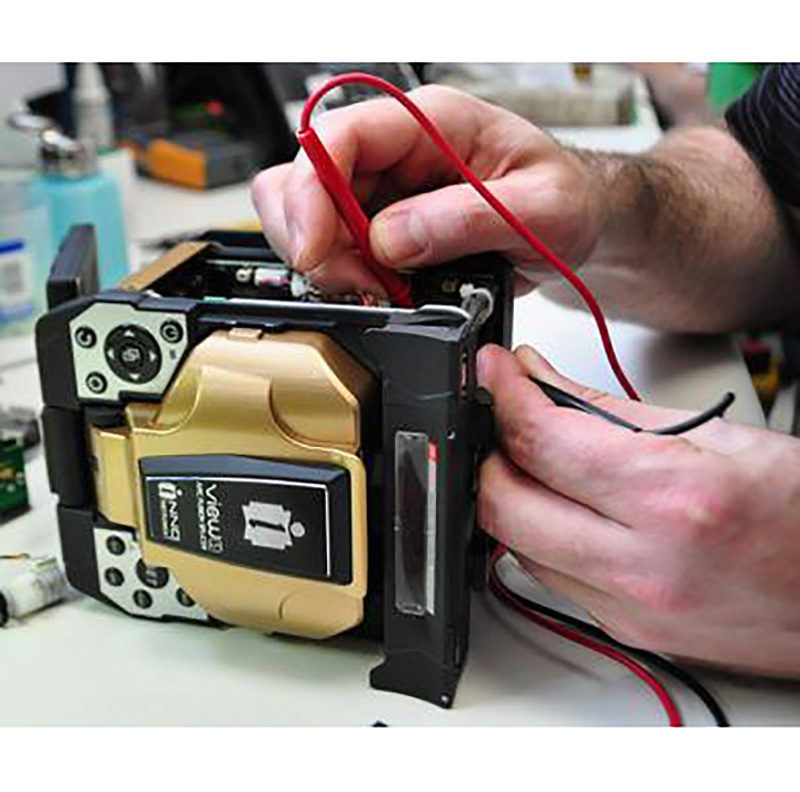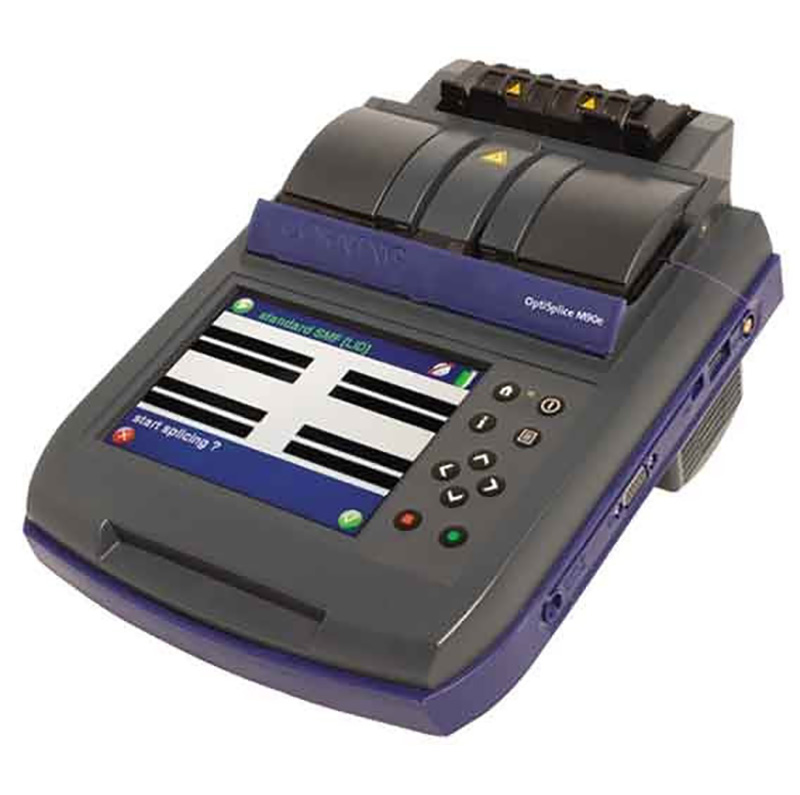To create an integrated fiber optic network and implement a complete fiber optic network, we need to connect the fibers in the fiber optic link path. The fusion splicer device easily performs the fusion and connection process. The fusion process involves melting the ends of two fiber optics together using an electric arc. This creates a permanent and low-loss connection between the two fibers, allowing the data to pass through without signal loss.
Fusion splicers are essential tools for installing and maintaining fiber optic networks. They are used to connect two fibers to each other when installing new cables or repairing existing cables. Fusion splicing is a reliable and cost-effective method for connecting fiber optic cables, resulting in a permanent connection that is less susceptible to environmental factors such as temperature changes, vibrations, or moisture damage.
In general, fusion splicers are essential tools for network operators and fiber optic technicians. They enable quick and efficient connections of fiber optic cables, helping reduce downtime, improve network performance, and ensure reliable data transmission.
Fiber optic technicians need to acquire and learn how to use a fusion splicer as it is a necessary tool for installing and maintaining fiber optic networks. Fusion splicing is the most reliable and cost-effective method for connecting two fiber cables to each other and is widely used in the telecommunications industry.




Copyright © 2023 AEC. All rights reserved.